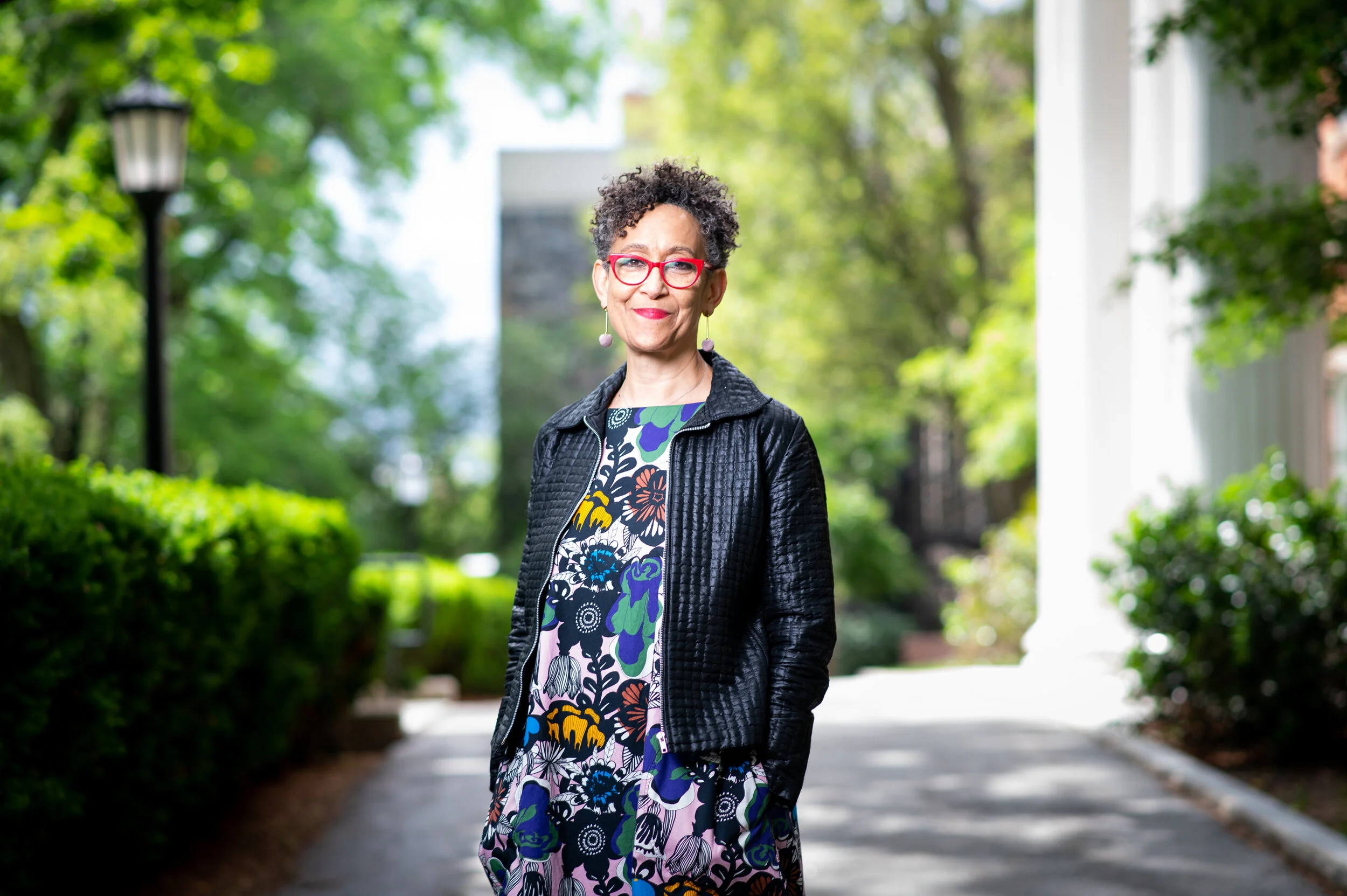CoLab Radio
VOICES FROM THE MARGINS
Higher education veteran Dr. Holly Harriel tapped to serve as Strategic Advisor for CoLab, a center for planning and development focused on innovating at the margins within the MIT Department of Urban Studies and Planning (DUSP)
It is bittersweet to share with you today that — effective July 1 — I will be moving on from this incredible chapter of my life here at MIT CoLab to take on an exciting new role as Dean of the Jonathan M. Tisch College of Civic Life at Tufts University.
Episode 3 of the “Data for Social Good” series with Frank Romo of RomoGIS centers on applications of technology in community policing and safety.
In episode 2 of the “Data for Social Good” series, Frank Romo returns to discuss the complex task of data curation, including how data cleaning is an often unknown key moment of intervention and influence.
In episode 1 of the “Data for Social Good” series, community advocate and data scientist Frank Romo of RomoGIS discusses how spatial analysis is being used as a tool for empowerment and mobilization by local organizations and citizens.
In episode 5 of the “Decolonizing Science” podcast series, panelists explore the field of STS - Science, Technology, and Society Studies - and its ongoing attempt to address colonization’s formative history in policy-making and scientific processes.
Tweets from @MITCoLab
-
"We have to get above $20/hr for #HomeCareWorkers." - Amanda Ream (@UDWA) The #TimeFor20 campaign has been critica… https://t.co/jz6dy17BKp
-
-
About CoLab Radio
CoLab Radio is a city and regional planning publication where people who are doing the daily work of improving communities can share their stories, document their projects, and express their ideas. CoLab Radio’s mission is to encourage the open sharing of ideas that serve a better future for all communities.
While MIT Community Innovators Lab (CoLab) founded this blog site in January of 2009, CoLab does not endorse every idea and project featured on the Radio. Rather, CoLab endorses unfettered sharing of ideas, stories, and perspectives related to all aspects of city and regional planning.
CoLab Radio content includes podcasts, written interviews, and community posts.
Submissions
CoLab Radio has contributors from all over the globe and we’re always open to new contributors joining the team. Would you like to tell your own story? Are you conducting an innovative project with your community? Do you have research you’d like to share? Contact us with your idea: colabcom@mit.edu
















